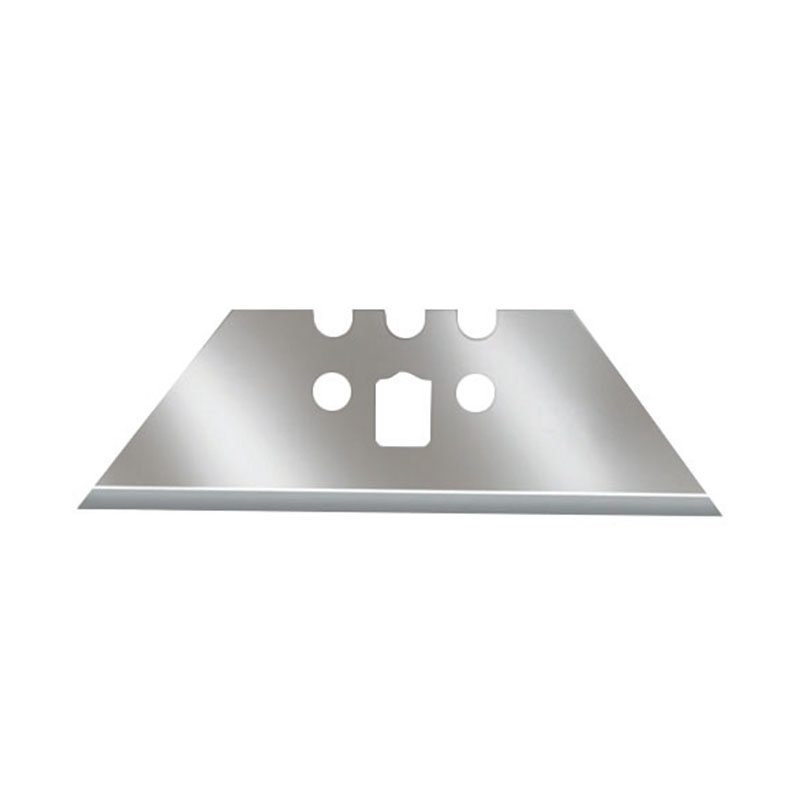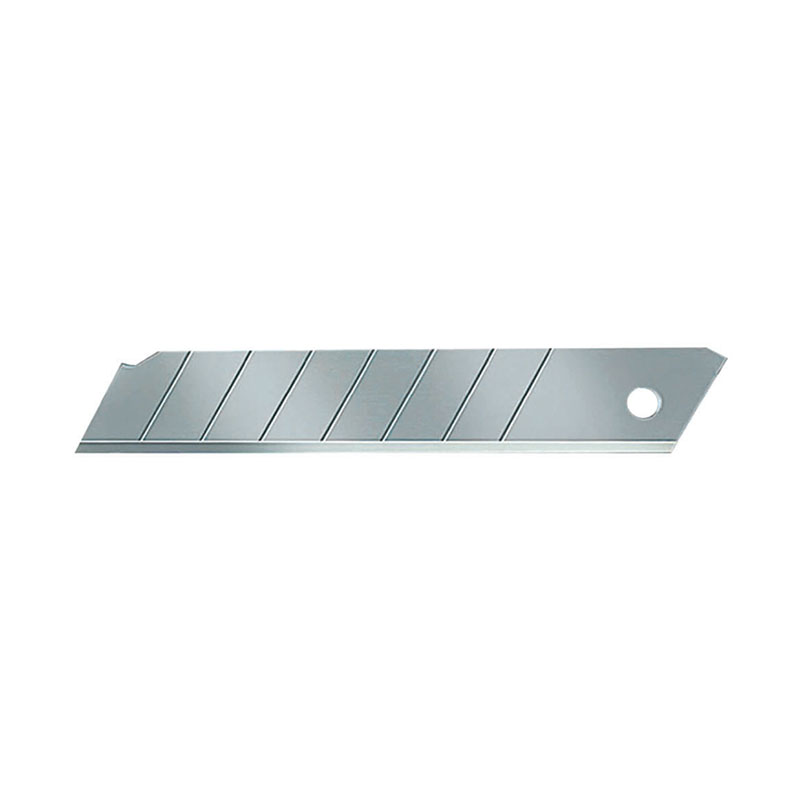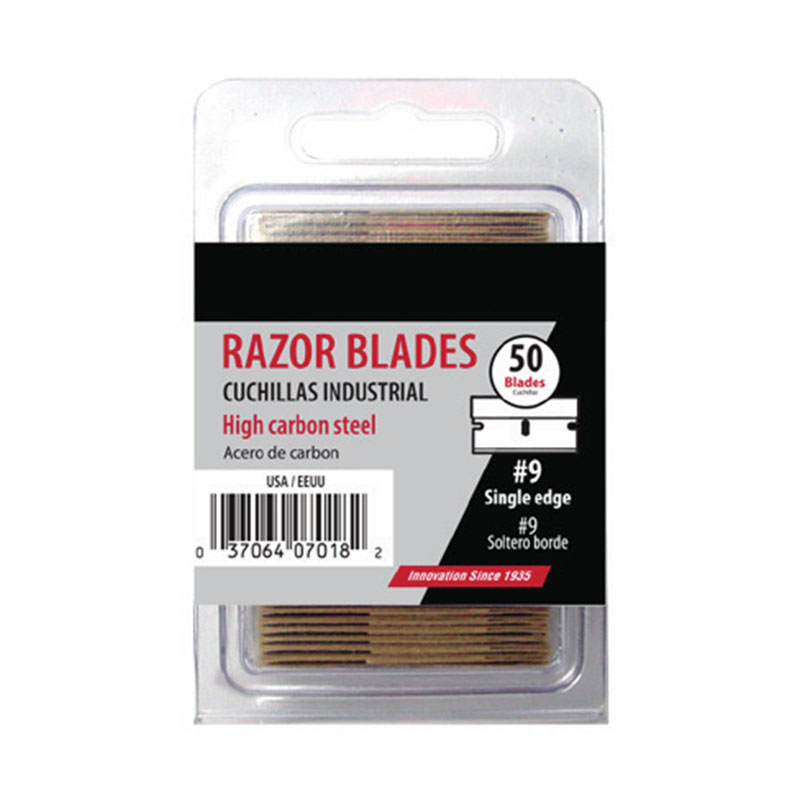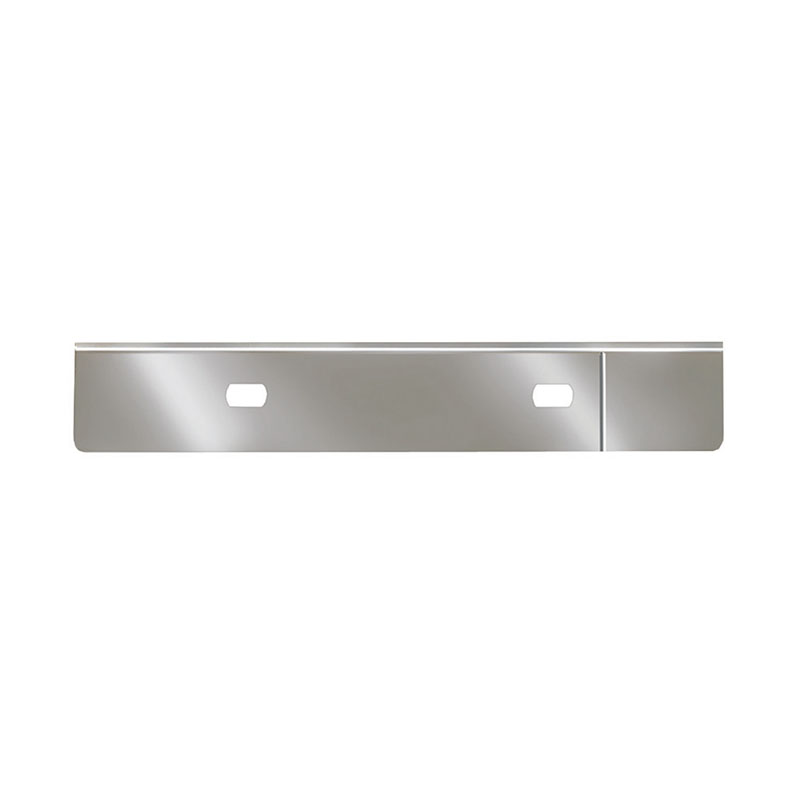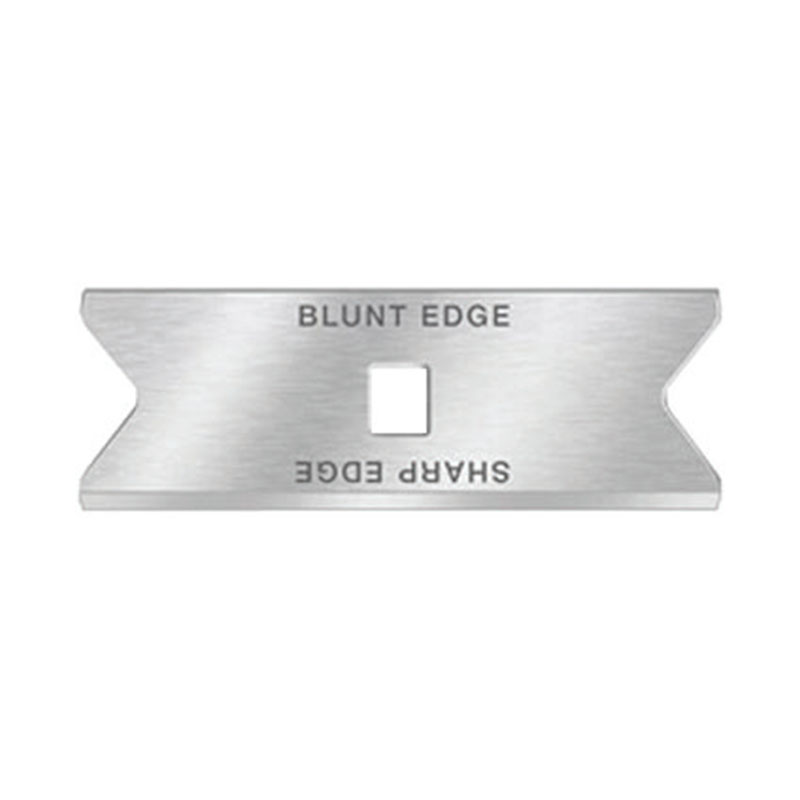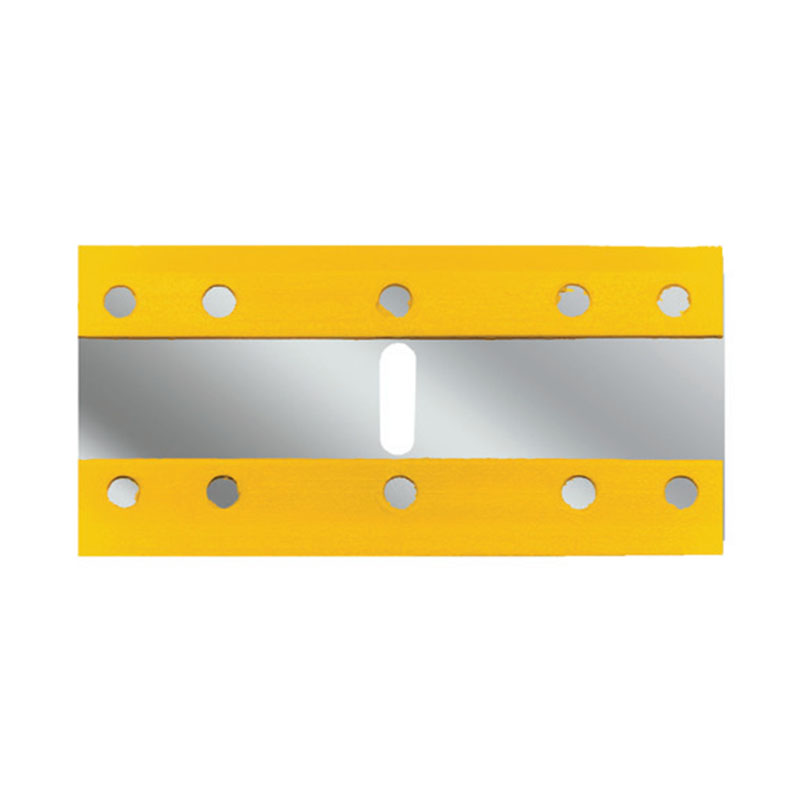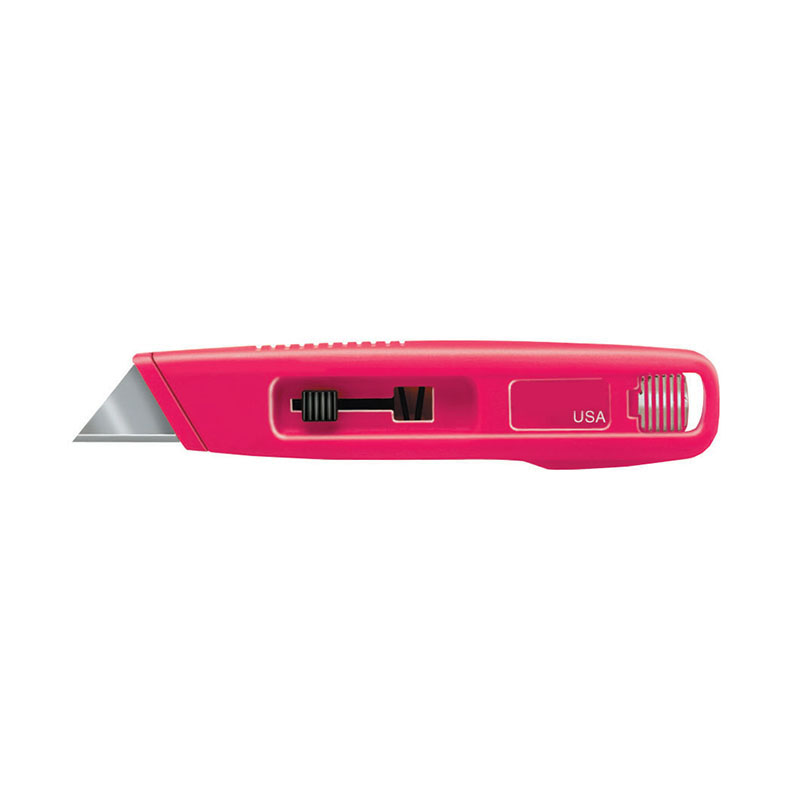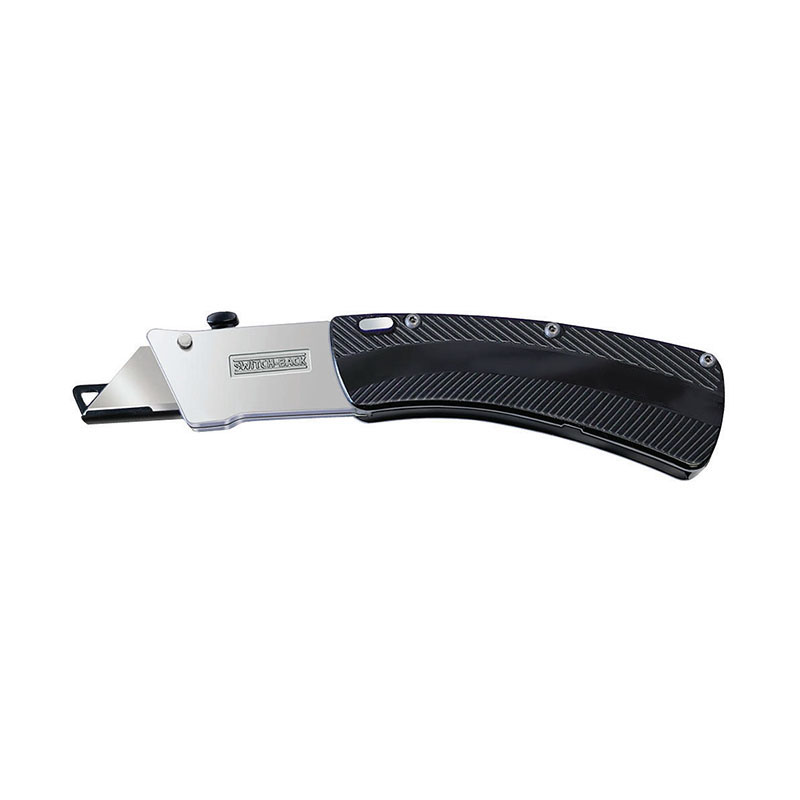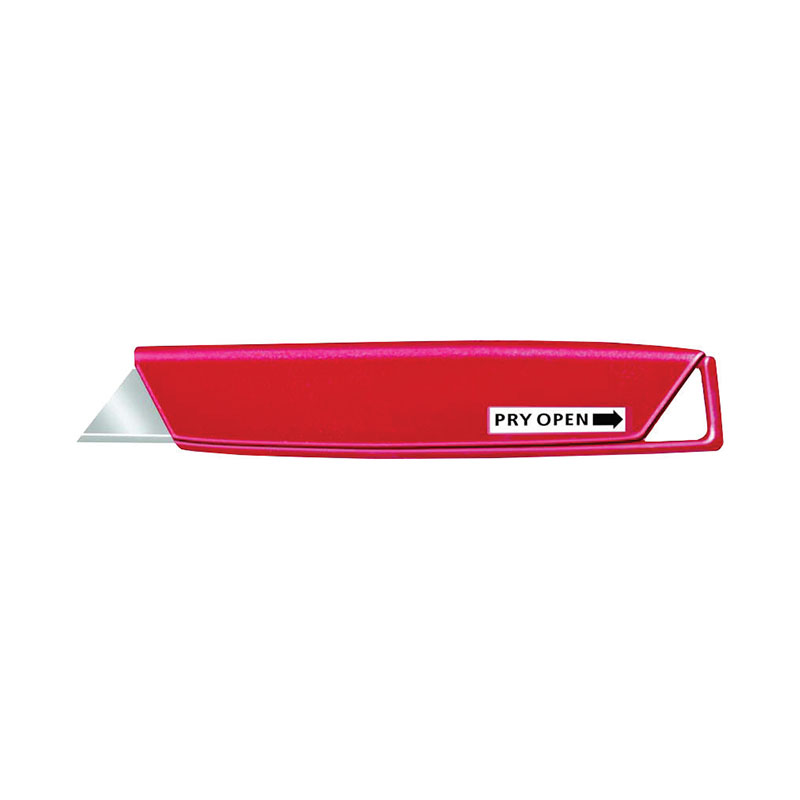- Home
- About
- Products
- Steel Wire Brush With Wooden Handle
- Brass Brush
- Steel Wire Brush With Plastic Handle
- Painting Tools
- Floor Brush And Scrubber Brush
- Painting Brush
- Patented Products
- Industrial Gloves
- Architectural Paint Brush Tool
- Knives & Blades
- Scrapers & Blades
- Putty & Joint Knives
- Taping Knives
- Drywall Repair
- Wallpaper / Flooring / Masonry
- Industrial Brushes
- Paint Accessories
- Other Hardware Tools
- Service
- Blogs
- Contact
Web Menu
- Home
- About
- Products
- Steel Wire Brush With Wooden Handle
- Brass Brush
- Steel Wire Brush With Plastic Handle
- Painting Tools
- Floor Brush And Scrubber Brush
- Painting Brush
- Patented Products
- Industrial Gloves
- Architectural Paint Brush Tool
- Knives & Blades
- Scrapers & Blades
- Putty & Joint Knives
- Taping Knives
- Drywall Repair
- Wallpaper / Flooring / Masonry
- Industrial Brushes
- Paint Accessories
- Other Hardware Tools
- Service
- Blogs
- Contact
Product Search
Exit Menu
A Comprehensive Guide Of Interior Flexible Drywall Crack Surface Repair
Drywall cracks are a common issue in many homes and commercial buildings. They can be caused by various factors such as settling of the building, temperature changes, or even minor impacts.
Drywall, also known as gypsum board, is a popular building material used for interior walls and ceilings. It is composed of a gypsum core sandwiched between two layers of paper. Some common causes include:
Building Settlement: As a building settles into its foundation, it can cause the walls to shift slightly, pilot to cracks.
Temperature and Humidity Changes: Fluctuations in temperature and humidity can cause the drywall to expand and contract, resulting in cracks.
Impact Damage: Accidents or impacts can cause immediate damage to the drywall surface.
Importance of Flexible Repair Solutions
When repairing drywall cracks, it is essential to use a flexible repair solution. Traditional repair methods, such as using rigid joint compound, may not be sufficient for long-term durability. Flexible repair solutions are designed to accommodate minor movements in the wall, preventing the crack from reappearing over time.
To perform a flexible drywall crack surface repair, you will need the following materials and tools:
Flexible Drywall Joint Compound: This compound is designed to remain flexible after drying, allowing it to withstand minor movements in the wall.
Mesh Drywall Tape: This tape provides additional reinforcement and helps to bridge the crack.
Putty Knife: A putty knife is used to apply the joint compound smoothly and evenly.
Sandpaper: Fine-grit sandpaper is used to smooth the repaired area after the compound has dried.
Primer and Paint: To match the repaired area with the surrounding wall, primer and paint are necessary.
Preparation:
Clean the Area: Before starting the repair, clean the area around the crack to remove any dust, dirt, or debris. This ensures better adhesion of the repair materials.
Inspect the Crack: Examine the crack to determine its depth and length. If the crack is very deep or wide, you may need to chisel out some of the old drywall material to create a clean surface for the repair.
Applying Mesh Tape:
Measure and cut a piece of mesh drywall tape that is slightly longer than the crack.
Place the tape over the crack, centering it so that the crack runs down the middle of the tape. Press the tape firmly onto the drywall to ensure good adhesion.
Follow the manufacturer's instructions to mix the flexible drywall joint compound. Ensure that it has a smooth, spreadable consistency.
Use the putty knife to apply a thin layer of the compound over the mesh tape. Spread the compound evenly, covering the entire length of the tape and extending slightly beyond the edges of the crack.
Use the putty knife to smooth the compound, removing any excess material. The goal is to create a flat, even surface that blends with the surrounding wall.
Let the joint compound dry completely. This may take several hours or even a day, depending on the thickness of the application and environmental conditions.
Once the compound is dry, use fine-grit sandpaper to smooth the repaired area. Sand gently to avoid damaging the underlying tape or drywall. The goal is to create a surface that is level with the surrounding wall.
Apply a coat of primer to the repaired area. This helps to seal the joint compound and provides a good base for the paint.
Finally, paint over the repaired area with a matching paint color. Use a small brush or roller to ensure a smooth, even finish.
Interior flexible drywall crack surface repair is a practical and effective solution for addressing drywall cracks.
-
 +86-13906791151
+86-13906791151
-
 sales@sanjiantools.com
sales@sanjiantools.com
-
 No.1 Xinggong Road, Huangzhai Town, Pujiang County, Zhejiang Province, China
No.1 Xinggong Road, Huangzhai Town, Pujiang County, Zhejiang Province, China


Client
Copyright © Zhejiang Pujiang Sanjian Tools Co., Ltd. All Rights  浙公网安备33072602100309号
Reserved.
浙公网安备33072602100309号
Reserved.

Construction Paint Tools Factory
 sales@sanjiantools.com
sales@sanjiantools.com 

 中文简体
中文简体 Deutsch
Deutsch Español
Español